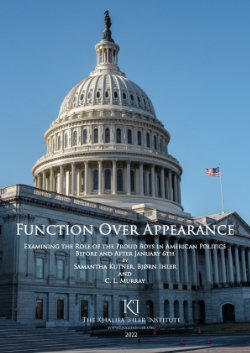Every day, as virulent white supremacists make their hatred known, we immediately and rightly call them extremists. We have not been nearly as unequivocal in our condemnation when it comes to men who express violent anger toward and loathing for women.
In fact, these groups warrant a side by side examination. There is a robust symbiosis between misogyny and white supremacy; the two ideologies are powerfully intertwined. While not all misogynists are racists, and not every white supremacist is a misogynist, a deep-seated loathing of women acts as a connective tissue between many white supremacists, especially those in the alt right, and their lesser-known brothers in hate like incels (involuntary celibates), MRAs (Men’s Rights Activists) and PUAs (Pick Up Artists).
This cross-pollination means the largely anonymous outrage of the men’s rights arena acts as a bridge to the white supremacist and anti-Semitic ideology of the alt right. After all, it’s not a huge leap from “women’s quest for equal rights threatens my stature as a man” to “minorities’ and women’s quests for equal rights threaten my stature as a white man.” It also means that to fully comprehend either white supremacy or misogyny, we have to attempt to understand both.
ADL considers misogyny a dangerous and underestimated component of extremism, and this report marks the start of an ongoing effort to investigate the ways in which people in the white supremacist, incel and MRA orbits feed and inform one another’s poisonous hatred of women.
New York: ADL, 2018. 20p.





















